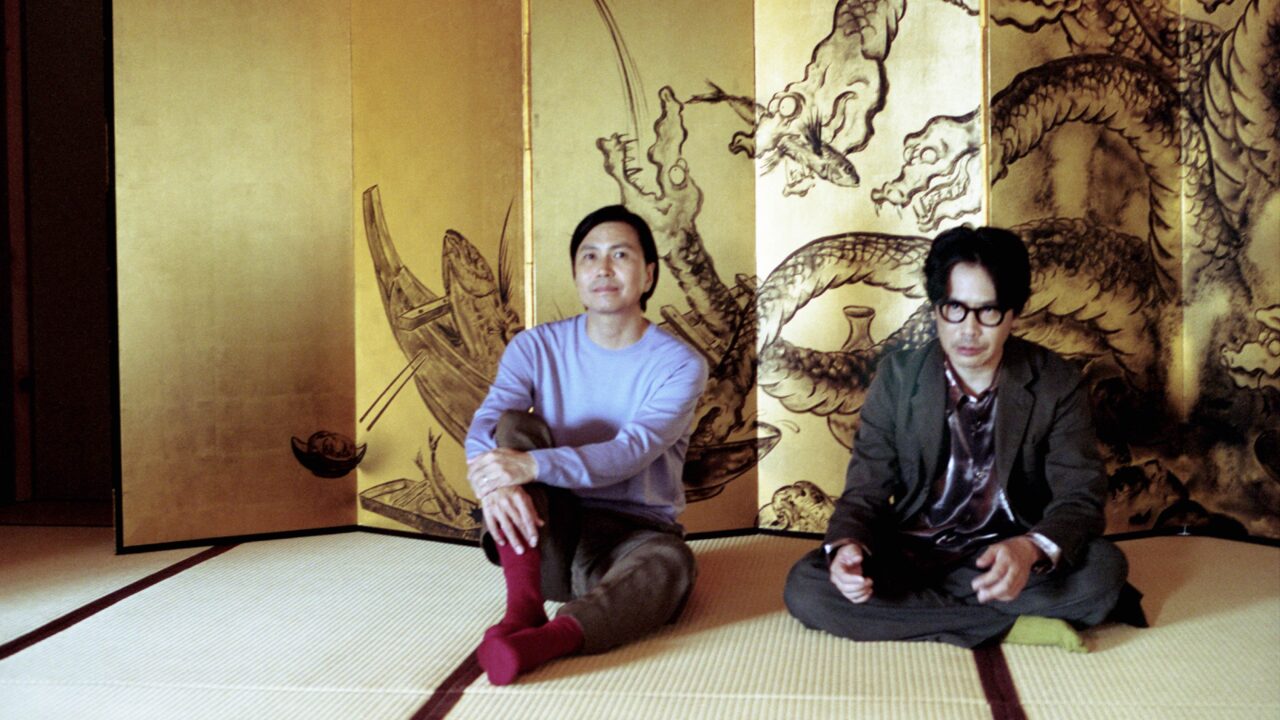INDEX
The Pale Fountains, Kim Wilde, John Cale…… music that skillfully transports the atmosphere of the times.
This duality and its reflexive (paradoxical) realism in films about the “past” are even more powerful when the various designs of the past, while moderately fictionalized, function as a dedication to cinematic beauty. The same is true of the use of pop music. The film makes abundant use of various pop music from the past that (supposedly) colored the streets of Paris in the 1980s (※1).
The underscore (※2) of Lloyd Cole & The Commotions’ “Rattlesnakes” is played during the scene where Matthias is playing with his friends on his motorcycle, and The Pale Fountain is played when Élisabeth, who has taken a job at a radio station, walks down the street before dawn. Judith sings Kim Wilde’s “Cambodia” to a record playing from her condo upstairs, and Tallulah is alone on her own in her apartment. Tallulah listens to Television’s “See No Evil” alone in a remote room, John Cale’s “Dying On The Vine” is played by Vanda’s introduction, and Élisabeth and her friends are the beats of the song. Élisabeth and others dance to the beat of She Male’s “I Wanna Discover You” at the disco, and much more. From punk to synthpop to italo-disco, each song was chosen with exquisite taste, echoing the suggestions of each scene and skillfully transporting the atmosphere of the era.
The lyrical dedication to the story and images, which is one of the most important aspects of the use of pop music in film, is also accomplished without any flaws. The lyrics of “Et si tu n’existais pas” (If you weren’t here) by Joe Dassin, a nationally known chanson singer, “a song that is important to the family,” are played at the end of the story when the family and Talulah dance in a circle in the apartment before moving out. The lyrics are.
if you didn’t exist
Tell me why I should exist?I would try to invent love
“Et si tu n’existais pas”
As a painter who sees from beneath his fingers
the day’s colours being born
and wonders about them.

※1:It should be added that along with the pop music, the excellent original score by Anton Sanko, which is reminiscent of the synthesizer sounds of the 1980s, is used to clever effect throughout the film.
※2 underscore:Music that is played in a setting that is not heard by the characters in the play. The counter-concept is “source music,” which refers to music that is supposed to be “actually” played in the play, such as on the radio or on records.
























